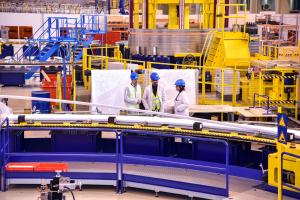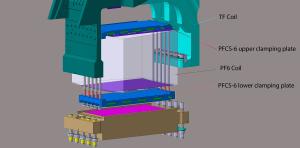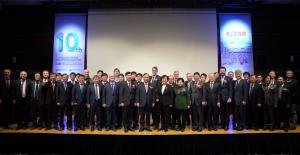What’s New
11 March 2019
ITER news digest for the period of 4 March 2019 to 11 March 2019.
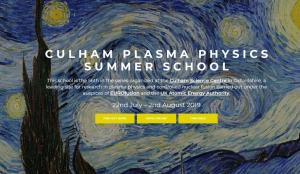
56th Culham Plasma Physics Summer School
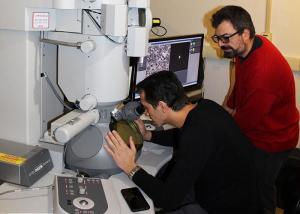
New tungsten alloy: potential material for fusion reactors



